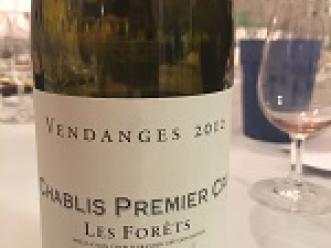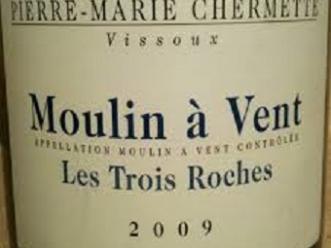Château Lynch-Bages has become one of the most celebrated wineries in France.
Château Lynch-Bages located in Pauillac on the left bank in the Medoc
Château Lynch-Bages is an 1855 classified Fifth Growth. Since 1973 it has been owned by the enigmatic Jean-Michel Cazes and is now run by his son, Jean-Charles. Jean-Michel Cazes assumed the management of his family’s properties including Château Lynch Bages, Les Ormes de Pez, and Villa Bel Air in Bordeaux, Xisto in Portugal and Tapanappa in Australia. Jean-Michel Cazes has been awarded France’s highest honor, La Croix de Chevalier de la
Légion d'Honneur , Decanter Magazine’s Man of the Year, and the Institute of Masters in Wine awarded him their Lifetime Achievement Award. Fundamentally, what are the differences between old world and new world wines? Differences between wine regions originate in differences in soils, grades varietals and mainly climate, or rather different combinations of these key factors. There are many different styles of wine around the world, old or new. But I am convinced that old world wines benefit from a long history and experience.








